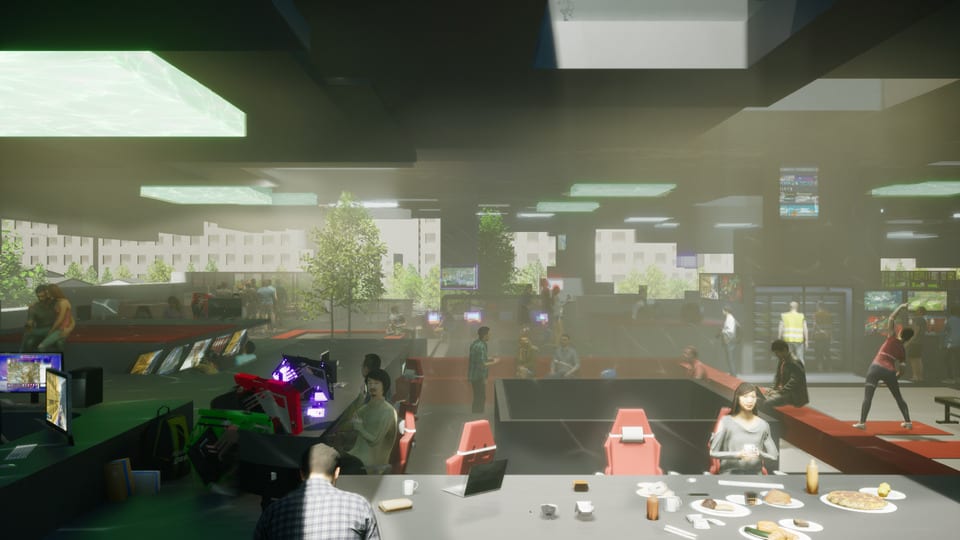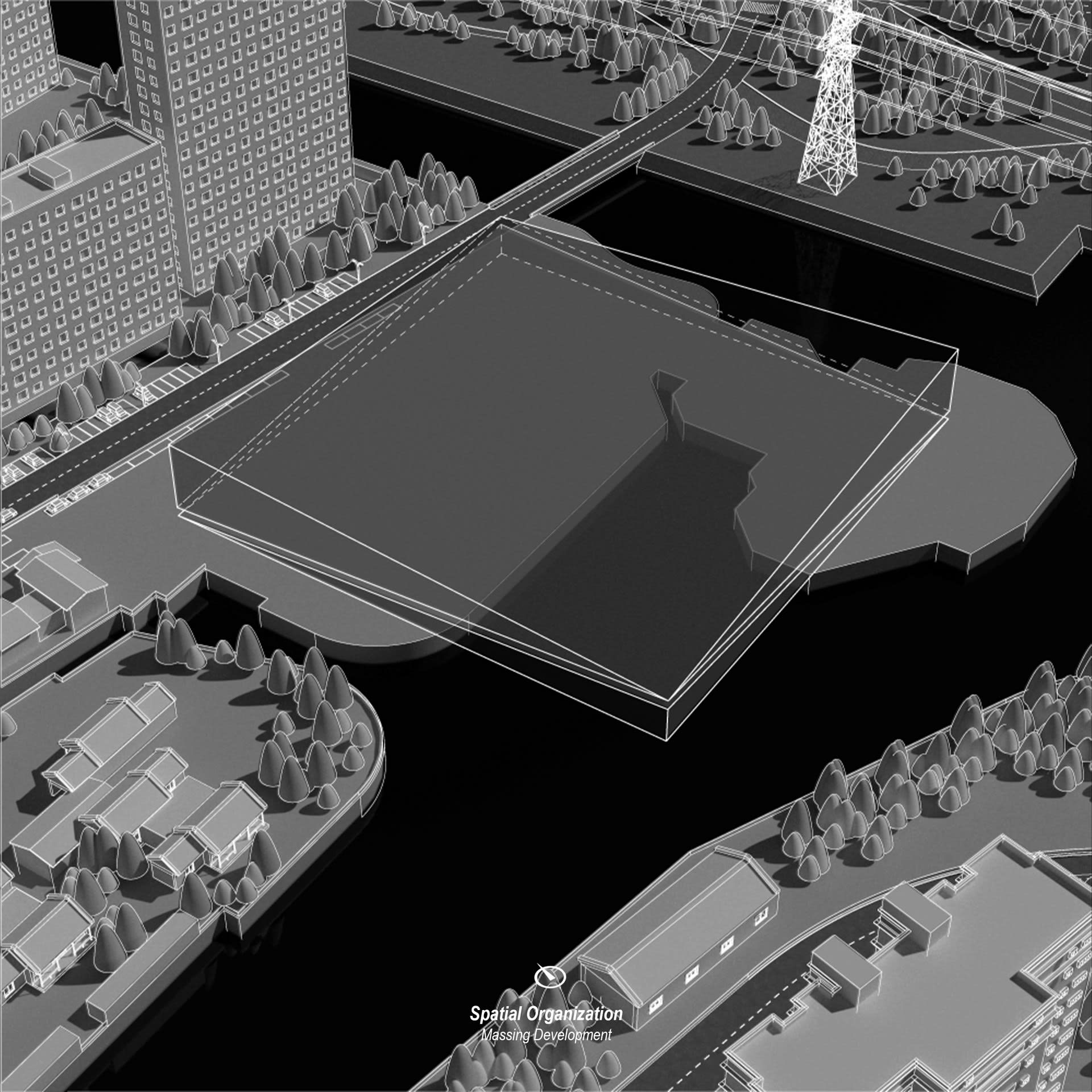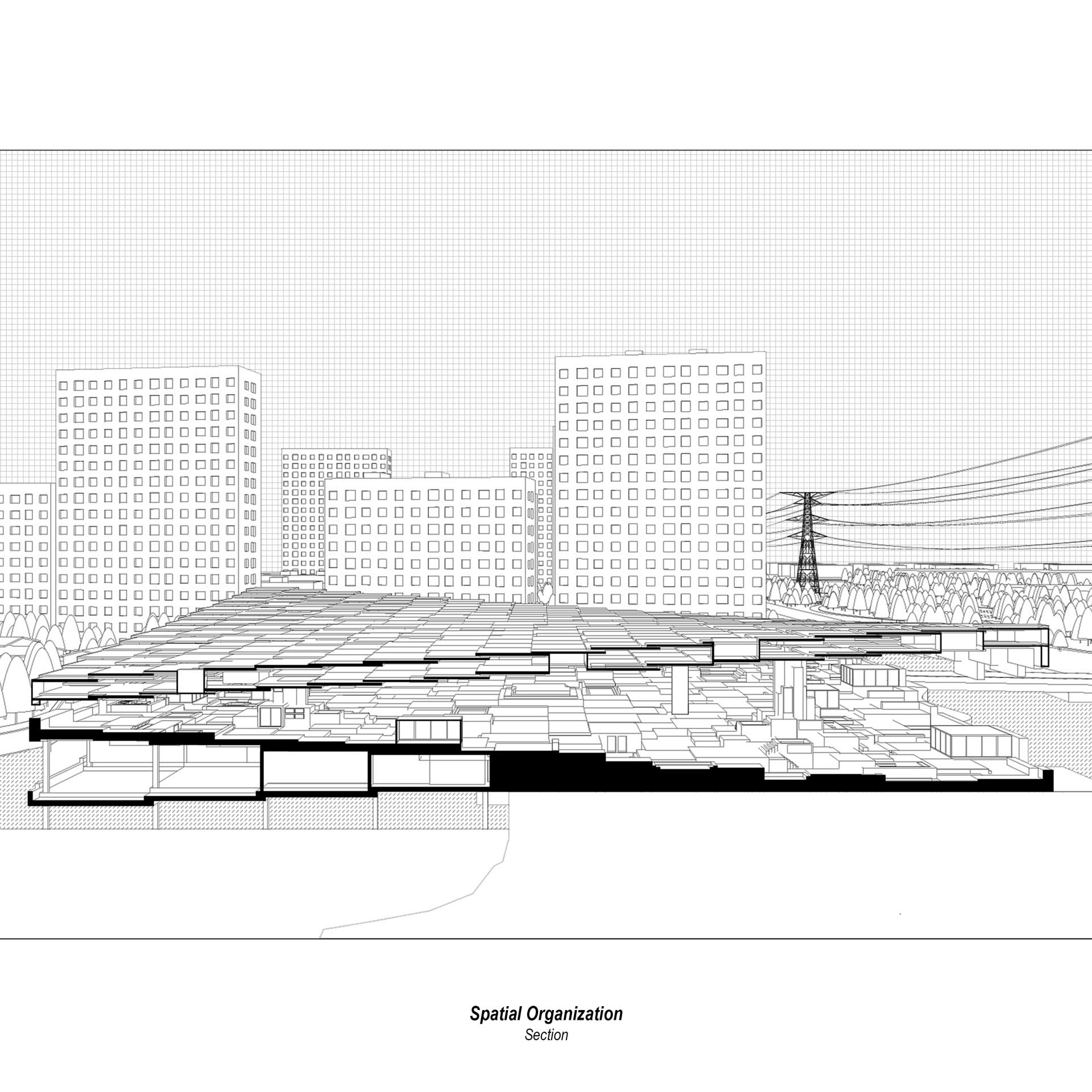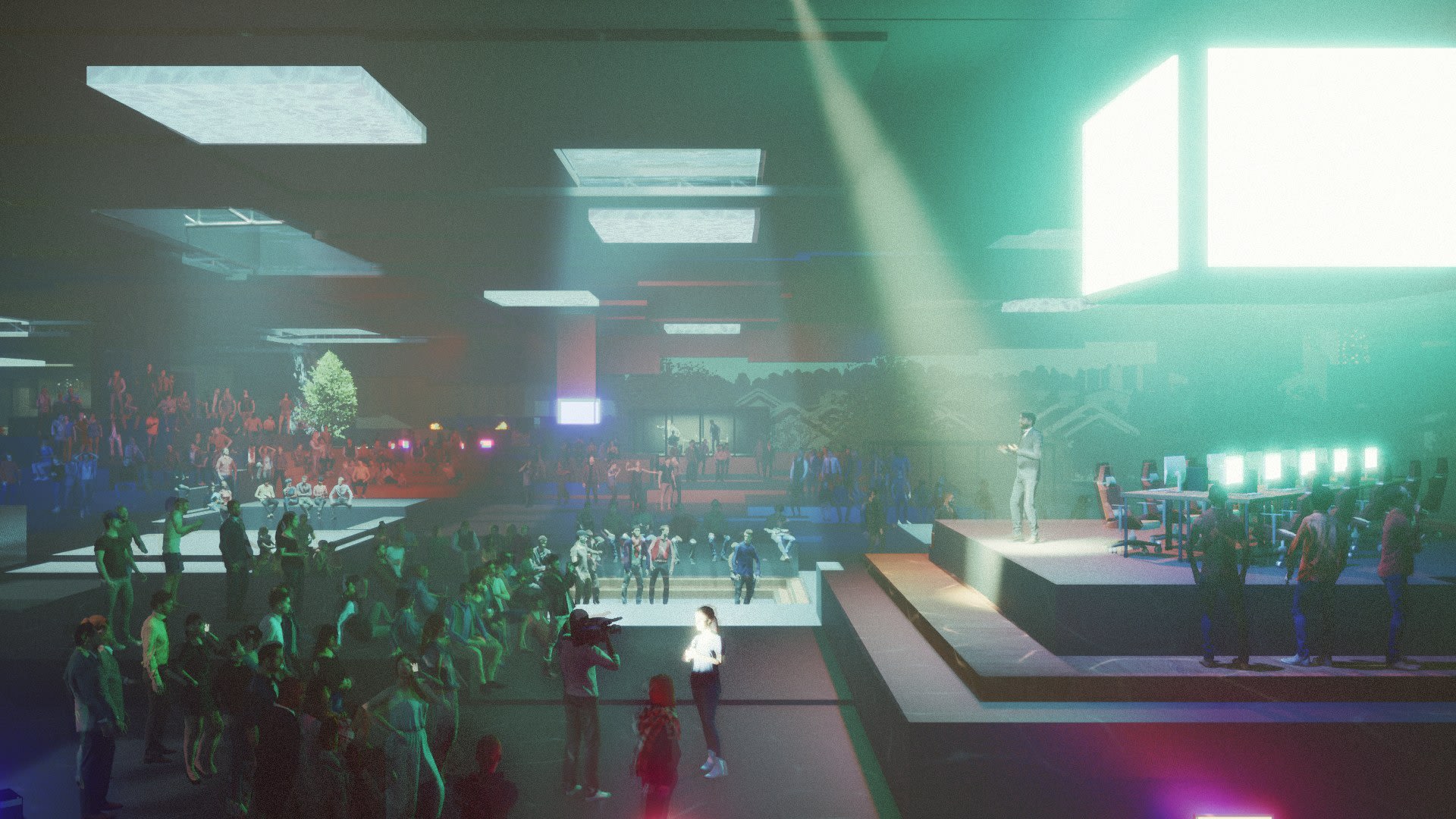E-gamers in China has always been in co-live with others since the 2000s. In the last twenty years. Gamer's housing has transformed through various iterations, aiming to be a space where people play, work, and live together. The project noticed as E-gaming transformed itself from public entertainment into a high-profit industry, the living pattern of the e-gamers has deformed. In many cases, the gamers' accommodations helped construct a restricted and supervised living condition that aimed for productivity and diverged from the joyful nature of gaming.
Although the project is not questioning the legitimacy of this transformation since it already happened in many other professional sports, the project wants to question the alternative ways for the e-gamers to play, live, and work collectively.
Therefore, the project proposes a space that could let the players define living patterns spontaneously, a public space in Suzhou that links the high-end, professional e-sport gaming and general entertainment to meet the needs of both professional players and common populations.
The building is developed based on a square (100m*100m) plan consisting of two floors, blurred by a curved floor surface on the first floor. It contains one big open space for group's gathering (playing, eating, watching, learning etc.) and a few utility spaces (servers, toilets, meeting rooms, warehouses etc.)
The project tries to use two different parameters to allocate different functions. Firstly, In the main co-living space, activities are placed on various height differences according to the level of engagement each activity requires. Secondly, the project creates a specific lighting method for gaming by placing water tanks that collect rainwater on the roof. This idea comes from "Moser's Lamp", which changes the direction of sunlight by reflecting between the particles in the water so that the intensity of the light would reduce but light up a larger area. The project takes advantage of the natural light and creates a unique visual effect that is suitable for gaming. Three different lighting methods (direct sunlight, diffused light, ambient light) would combine to create a mixed lighting condition within the building.
Other than gaming, many other public activities could also fit into the project. The building tries to attract the broader public by directly showing the interior to the outside. To some degree, the project attempts to diminish the conventional gaming feature within the project and let more people be involved in the collective living space.


















